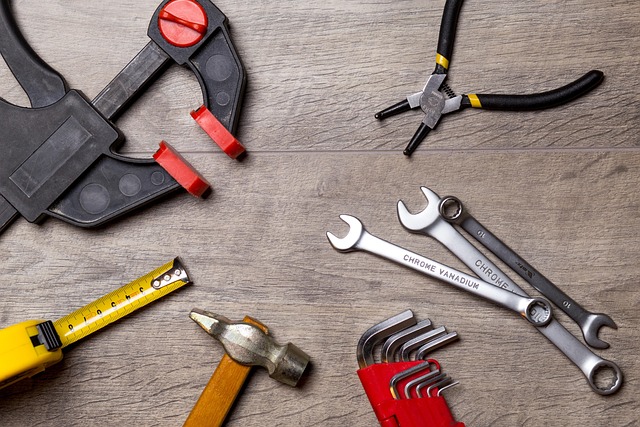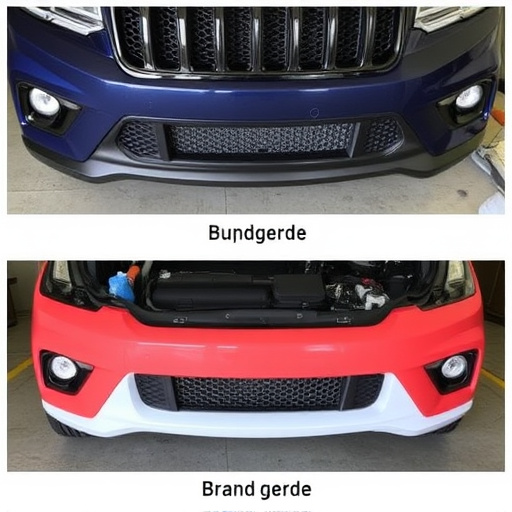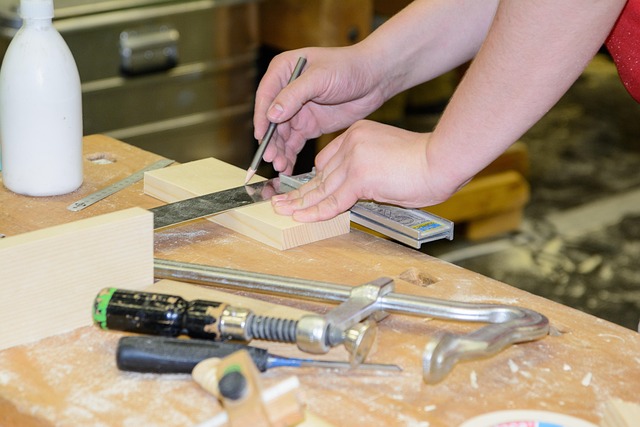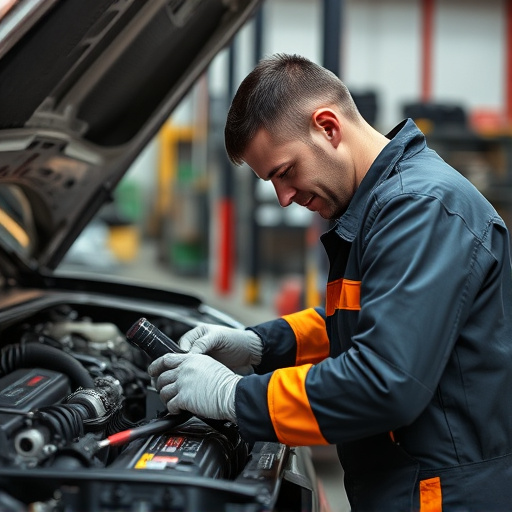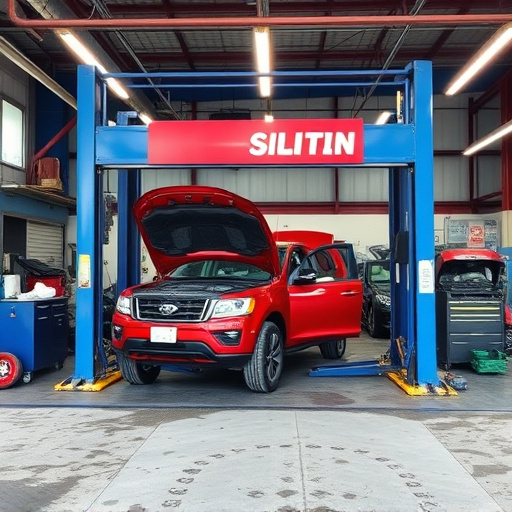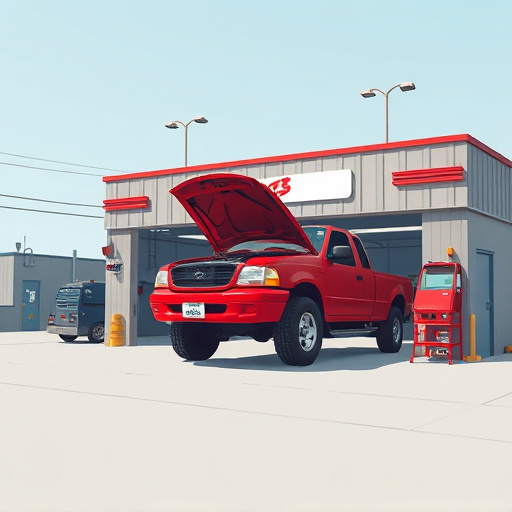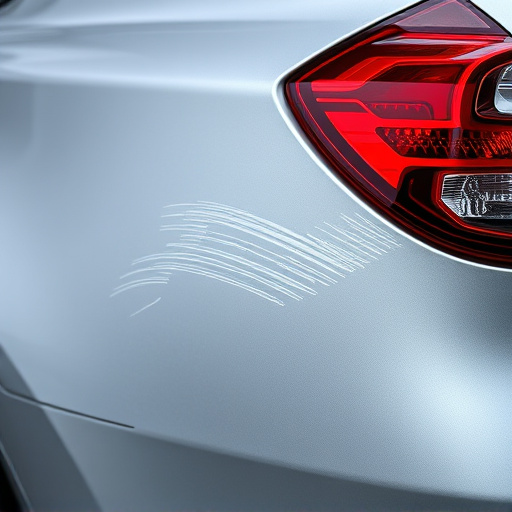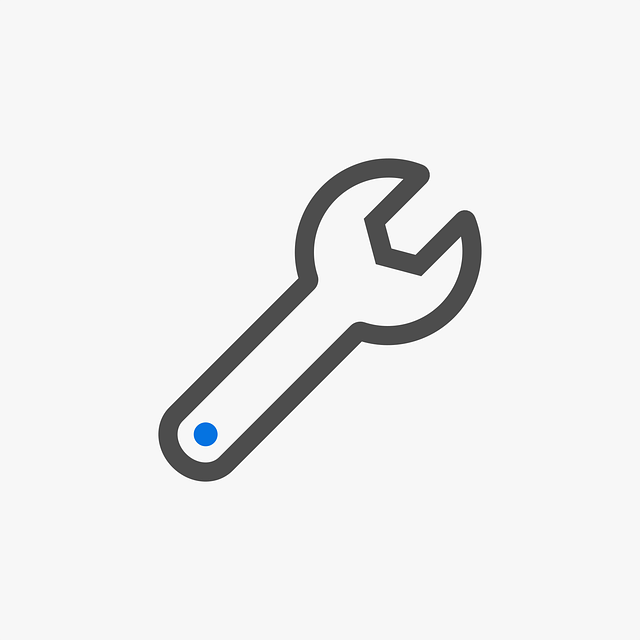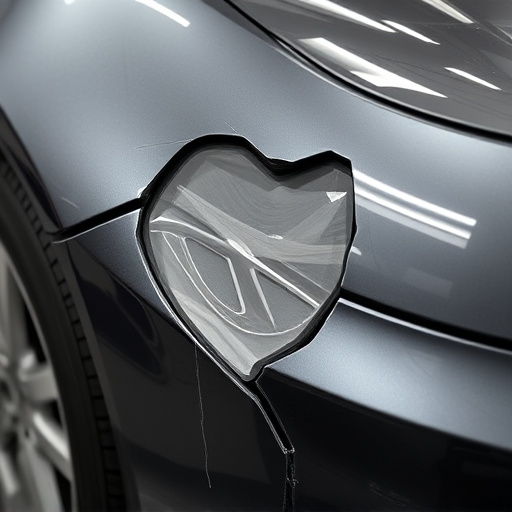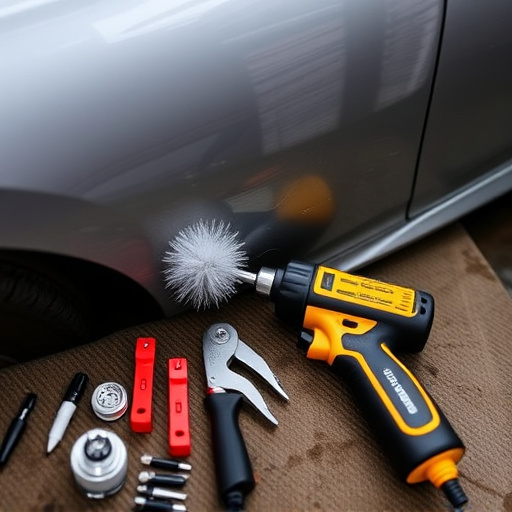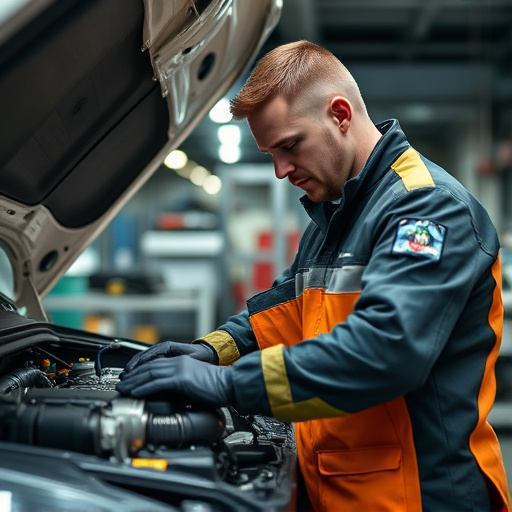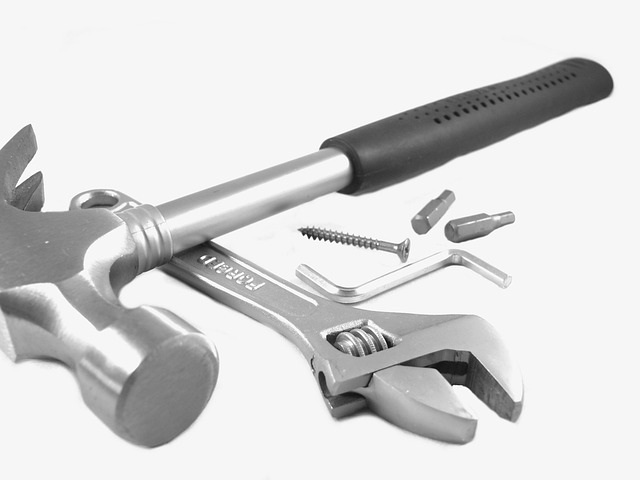Auto body shop insurance audits ensure compliance with policies and standards. Prepare by maintaining records, training staff, and inspecting facilities. Follow a checklist to organize documentation, equipment, and inventory for a smooth audit process. Post-audit, review findings, update coverage as needed, and manage risks effectively.
Auto body shops, like any business dealing with valuable assets and potential liabilities, require adequate insurance coverage. But what happens during an auto body shop insurance audit? This comprehensive guide breaks down the process, empowering shop owners to navigate these crucial inspections. From understanding the purpose of audits to preparing for common checks and reviewing post-audit findings, you’ll learn essential strategies to ensure your business’s protection and compliance. Master the art of auto body shop insurance management.
- Understanding Auto Body Shop Insurance Audits
- Preparing for Your Audit: Essential Checklist
- Post-Audit: Review and Enhance Coverage
Understanding Auto Body Shop Insurance Audits
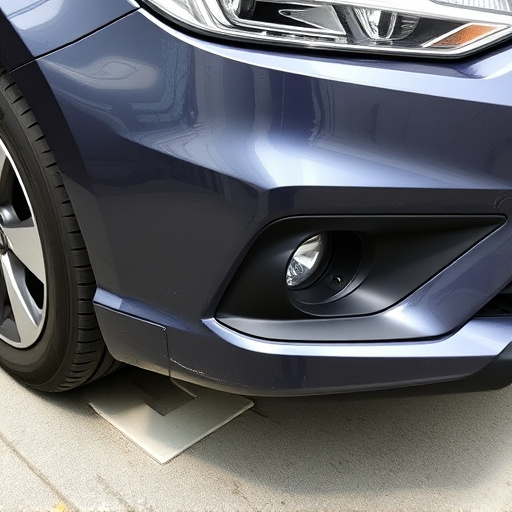
Auto Body Shop Insurance Audits are a crucial process that every collision repair shop should be prepared for. These audits are designed to ensure compliance with insurance policies and standards, safeguarding both the shop’s interests and those of their clients. By meticulously evaluating the shop’s operations, equipment, and procedures, insurers assess the risk associated with offering auto body shop insurance. This involves checking the facility’s safety measures, employee training, and adherence to industry best practices for collision repair services and vehicle restoration.
During an audit, insurance adjusters will scrutinize records, inspect working conditions, and verify that the shop meets all necessary requirements. It is essential for owners and managers of auto body shops to anticipate these audits by maintaining accurate records, staying updated on industry standards, and ensuring their staff is adequately trained. Being prepared can streamline the process, potentially reduce claims or penalties, and foster a safer, more efficient collision repair shop environment.
Preparing for Your Audit: Essential Checklist
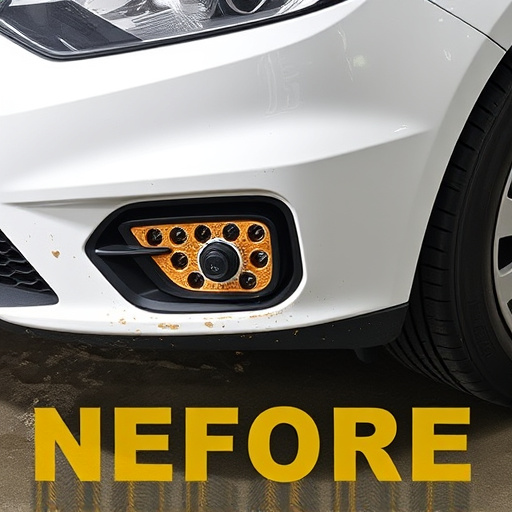
Preparing for an auto body shop insurance audit is a crucial step to ensure your business’s protection and compliance. Before the auditor arrives, create a comprehensive checklist to streamline the process. Begin by gathering all relevant documentation, including work orders, estimates, and records of completed fender repair or collision repair services. Organize these documents chronologically to present a clear picture of your shop’s operations.
Additionally, inspect your facility to ensure it meets the required safety and operational standards. Check that your equipment is well-maintained and up-to-date, as this can significantly impact the outcome of the audit. Prepare a detailed inventory of all tools, parts, and supplies used in vehicle repair, ensuring their condition and quantity match the records. By following this essential checklist, you’ll be ready to confidently navigate the insurance audit process.
Post-Audit: Review and Enhance Coverage
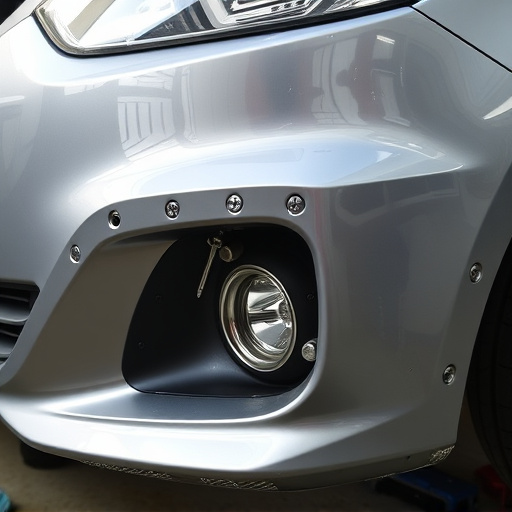
After an auto body shop insurance audit, it’s crucial to take stock of the findings and make necessary adjustments to your coverage. Begin by thoroughly reviewing the report, identifying areas where your current policy may fall short in protecting your business from potential risks. An audit often highlights specific gaps or weaknesses unique to your workshop, whether it’s specialized equipment not covered, liability limits needing adjustment, or procedural changes required for better risk management.
This is also an opportune time to enhance your vehicle restoration and fender repair coverage, especially if you’ve expanded services or acquired new, more complex equipment. Consider the full scope of your operations, including vehicle collision repair processes, and ensure your insurance policy aligns with these needs. By proactively updating your coverage based on the audit findings, you can fortify your business against unforeseen events and future losses.
Auto body shop owners should approach insurance audits as opportunities for growth. By understanding the process, preparing thoroughly, and reviewing post-audit findings, businesses can optimize their coverage and mitigate risks associated with accidents and repairs. Remember, a well-prepared shop not only ensures adequate protection but also enhances customer trust in your services.
